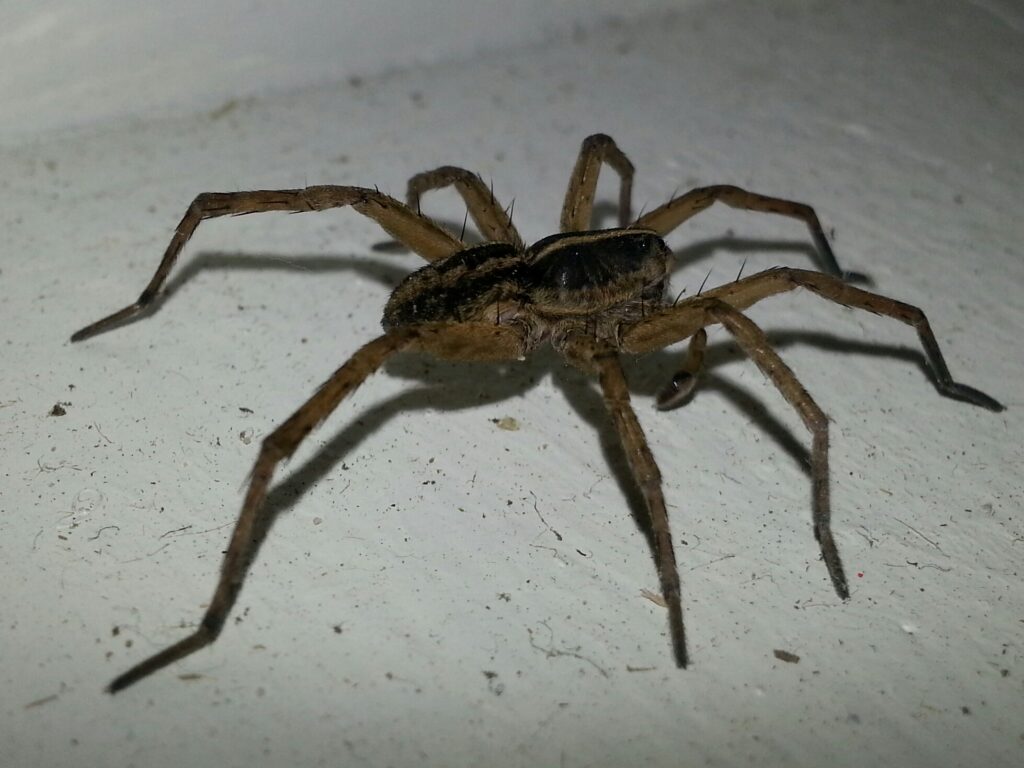 Some tales become so ingrained in our culture that we never pause to question their authenticity. One such tale is that of mice and their supposed love for cheese. But when it comes to what mice eat, it turns out that these tiny rodents' nests are more likely to be stocked with grains and seeds than wedges of cheddar.
Experts affirm that while mice won't snub a piece of cheese left in a trap, their natural eating habits lean towards a more varied and less dairy-heavy diet. This preference for a diverse palate ensures their survival in both rural and urban settings, and underscores the importance of proper food storage and disposal in keeping your home rodent-free.
With Truly Nolen's reliable services for pest Control in Guelph, homeowners can ensure their sanctuary remains uncompromised by unwanted guests, maintaining a serene and safe habitat for all.
Some tales become so ingrained in our culture that we never pause to question their authenticity. One such tale is that of mice and their supposed love for cheese. But when it comes to what mice eat, it turns out that these tiny rodents' nests are more likely to be stocked with grains and seeds than wedges of cheddar.
Experts affirm that while mice won't snub a piece of cheese left in a trap, their natural eating habits lean towards a more varied and less dairy-heavy diet. This preference for a diverse palate ensures their survival in both rural and urban settings, and underscores the importance of proper food storage and disposal in keeping your home rodent-free.
With Truly Nolen's reliable services for pest Control in Guelph, homeowners can ensure their sanctuary remains uncompromised by unwanted guests, maintaining a serene and safe habitat for all.
Exploring the Mouse and its Cheese Affection
The historical association of mice with cheese, popularized by animations and folklore, stems from medieval Europe's era of food scarcity. In tales of abundance, cheese symbolized luxury and fine dining, with mice depicted as symbolic connoisseurs. However, in reality, mice are opportunistic omnivores influenced more by their environment than by a specific fondness for cheese or any other food type. Modern house mice, descendants of wild species with diverse dietary habits, rely on a broad range of foods for sustenance, including grains, nuts, seeds, and occasional meaty proteins like insects or pet food. While mice may nibble on cheese if available, studies suggest they typically prefer grains, cereals, and high-carbohydrate foods over dairy products. Understanding mice's dietary preferences can aid homeowners in managing potential food sources that attract these pests.Tracking the Traces of Mouse Presence
Mice are notorious for their stealth and their ability to leave unsightly trails of evidence of their presence. Understanding where to look and what signs to watch for is fundamental in catching the infestation early and ensuring it's nipped in the bud. More than just an inconvenience, mouse droppings relay a tale of a mouse’s population size and preferred habitats within your home. Fresh droppings, usually moist and darker, reveal an apparent infestation, indicating an active nest nearby. The eerie sound of pattering feet across the ceiling or walls is not to be ignored. Alongside the audible, mice can also be detected by their behaviour, often preferring to travel alongside walls or other objects due to their poor vision and the need for navigation landmarks. Mice are excellent homemakers, utilizing materials they can find within their immediate surroundings. A classic mice favourite for constructing nests are insulatory materials, fabrics, and shredded paper. Detecting such material in unusual piles or holes can point to a newfound mouse residence. But where are rodent's nests commonly found? Mice colonies prefer warm, dry areas that provide ample shelter and a source of water. These nests can be found in wall voids, crawl spaces, attics, basements, or even inside furniture.

